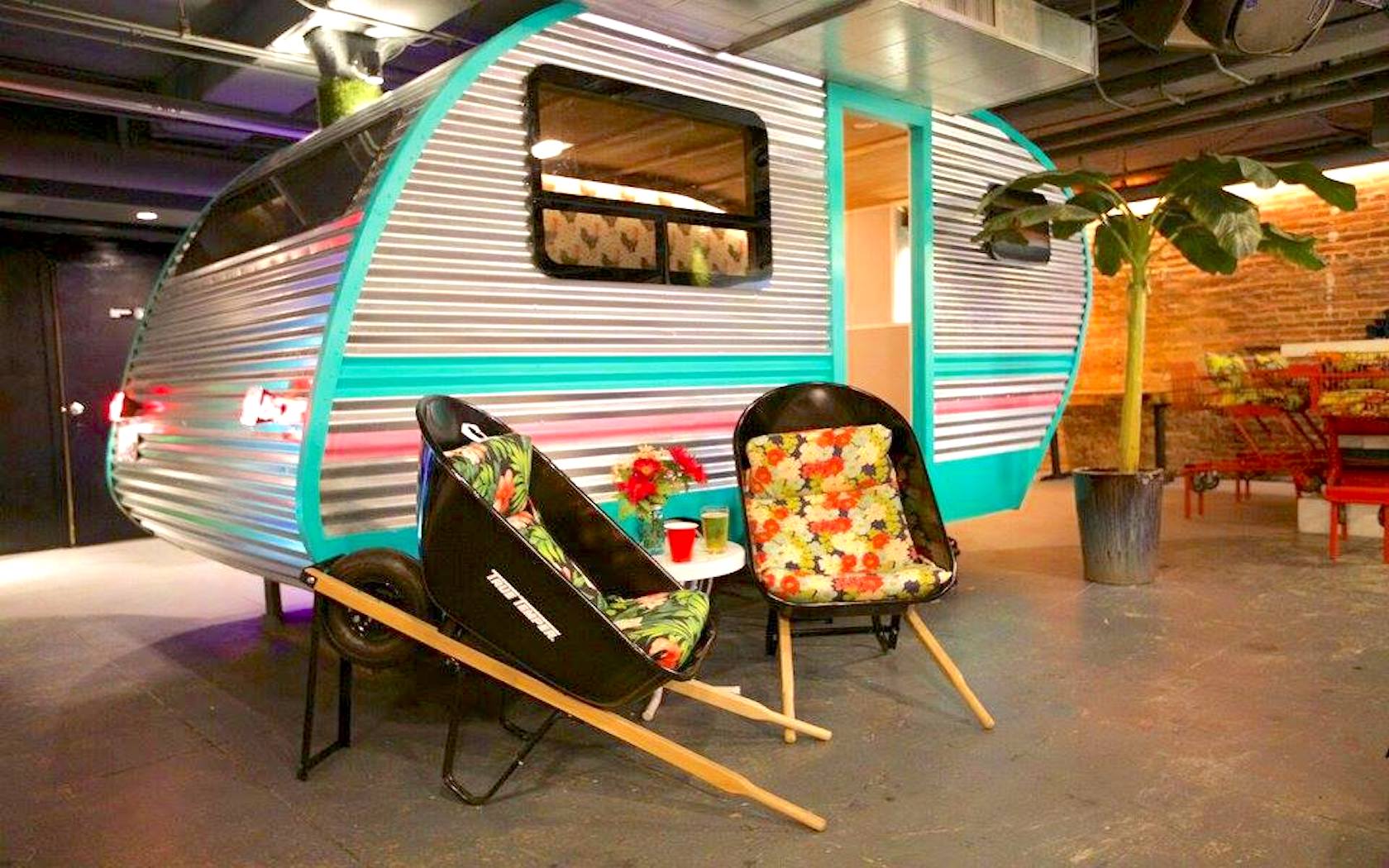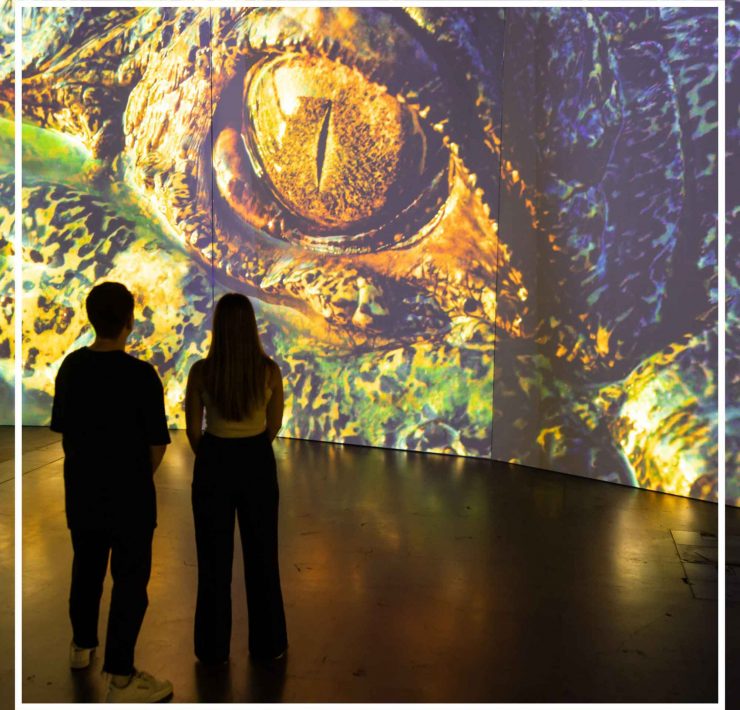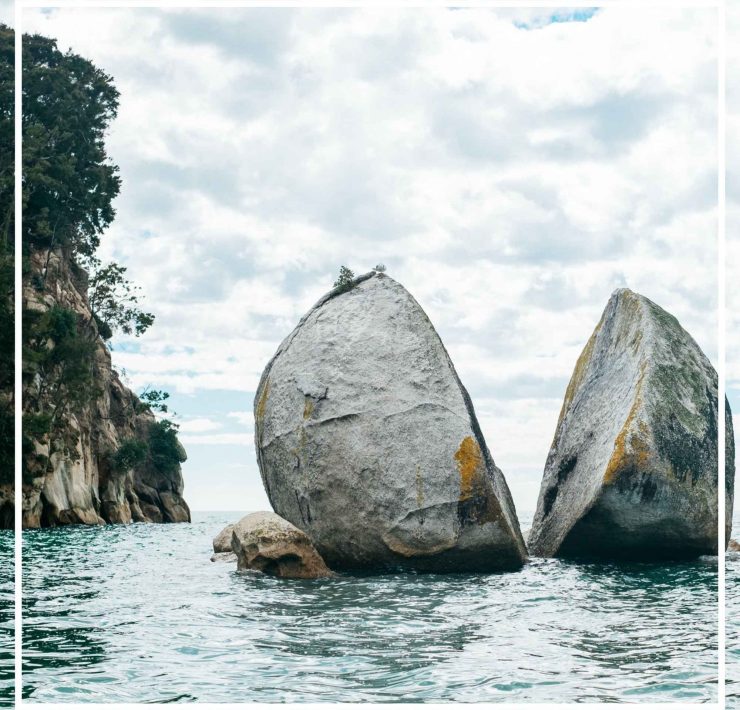Kamikochi Makes A Case For Visiting The Japanese Alps In Summer
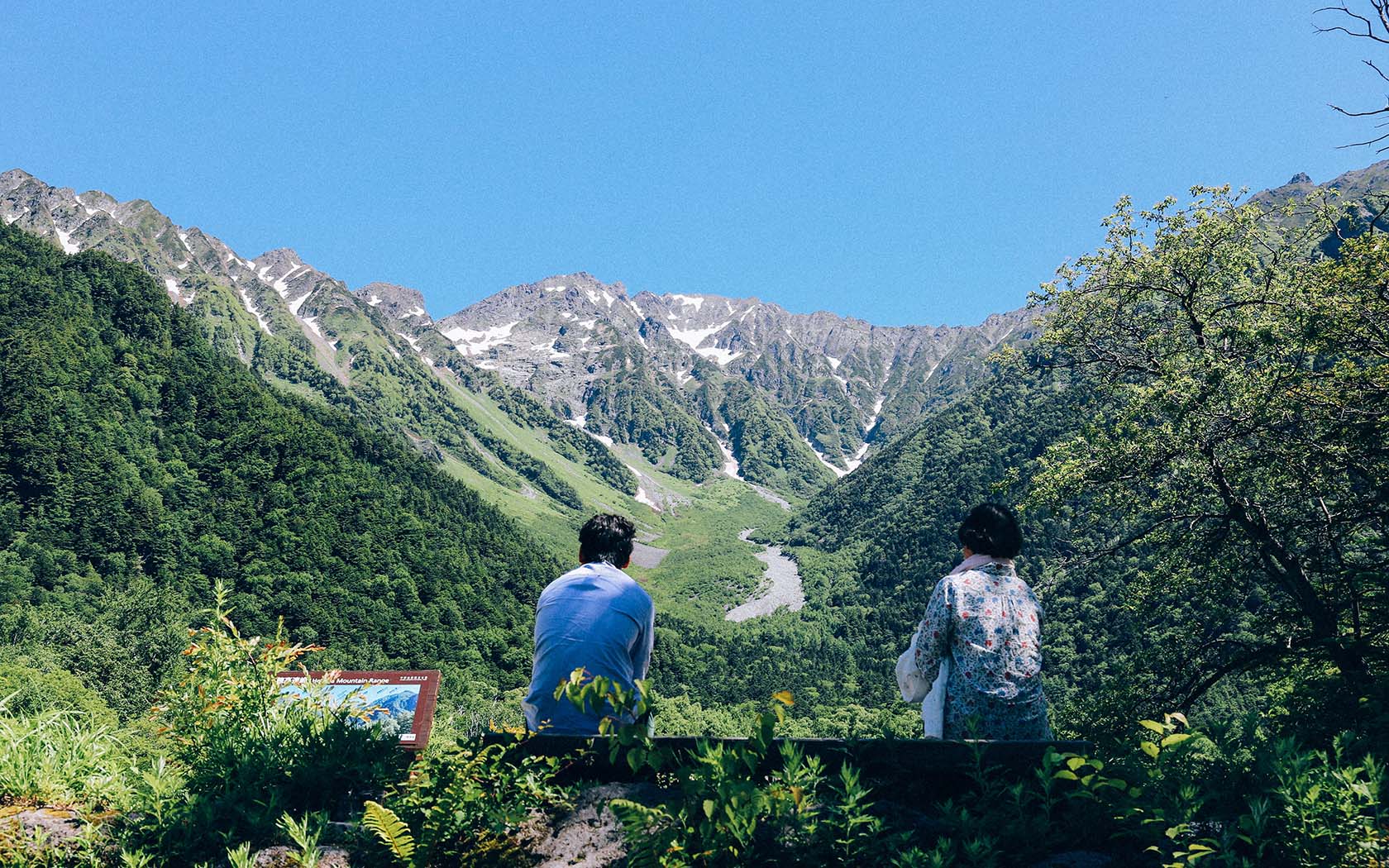
The Northern Japanese Alps are well on the radar of winter adventurers eager to chase deep powder and lengthy runs. But epic mountains are epic year-round and, when the snow begins to melt and the hiking season opens, alpine trails traversing some of Japan’s most beautiful scenery are revealed.
Kamikochi is nestled in the southern valley of the Chabu Sangaku National Park in the prefecture of Nagano, and it’s the ideal base for exploring the peaks. You can reach it in around 90 minutes via the nearby town of Matsumoto (take the train to Shimostima Station followed by a bus to Kamikochi), or in 100 minutes from the charming riverside town of Takayama (take the bus to Hirayu Onsen then change for Kamikochi). Matsumoto has connecting trains to Tokyo on the JR line; the journey takes around three-and-a-half hours.
[related_articles]55838,60711,59903[/related_articles]Nobody said the Alps are easy access, but the remote mountain air is only half the appeal. The rest is below.
#1 Hiking In The Hida Ranges
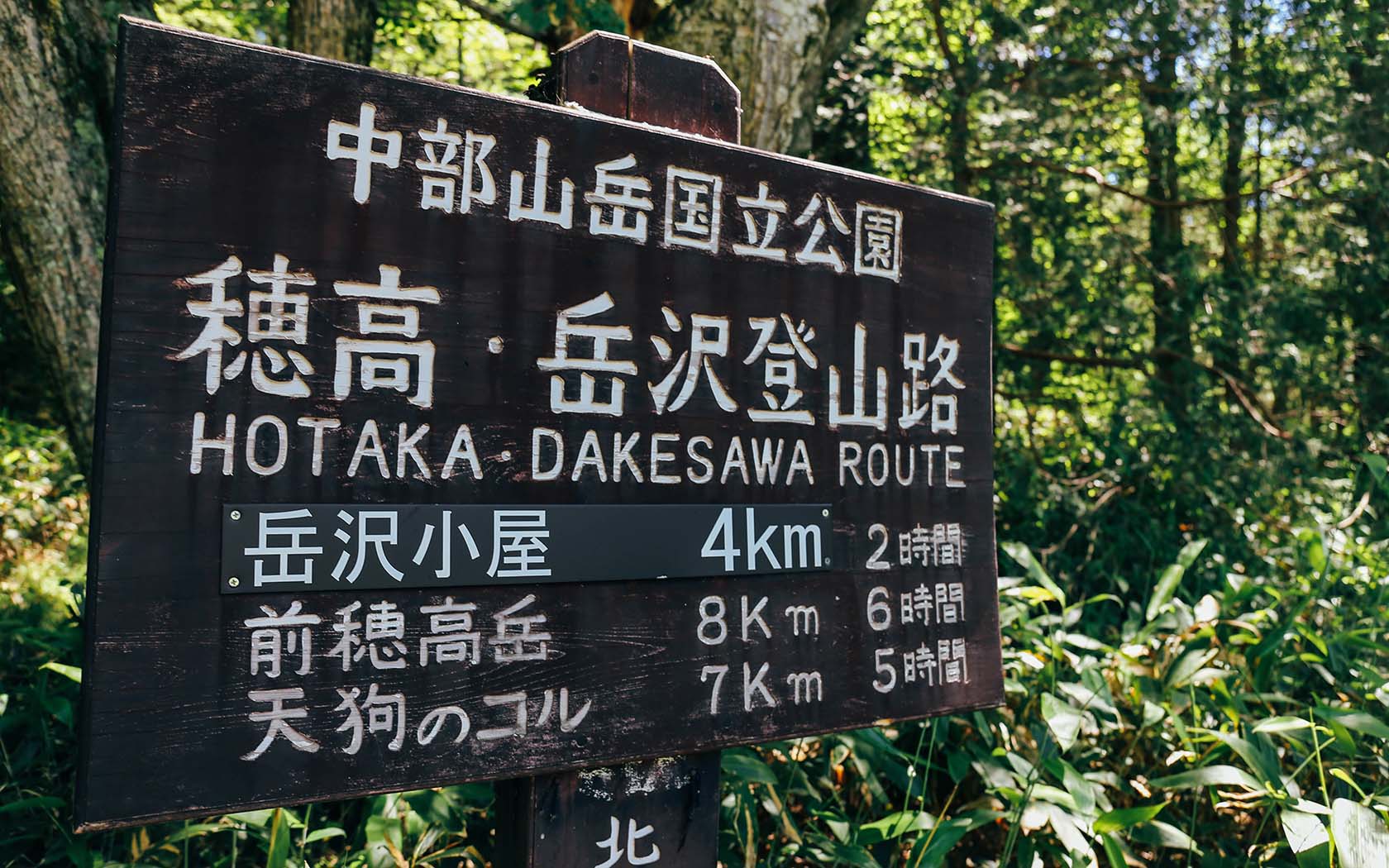
Kamikochi village lies along the Azusa river at an elevation of around 1500m and, from there, the trails wind through ancient forest and up into the Hida Ranges.
Nestled below the jagged beauty of the Tsurione Ridge, Dekasawa Hut is an achievable single-day hike. Sitting at 2216m, The Hut has a kitchen, snack shop and a large wooden balcony from which to take in the valley vista.
The round trip takes around four hours – or more with regular Insta-stops – but please keep your eyes on the trail. While the walk isn’t difficult, sections of the hike traverse long scatterings of grey rocks, making it easy to trip and tumble.
[related_articles]60330,59729[/related_articles]If you’re tramping around Kamikochi in the early part of the hiking season (which opens on the first Sunday in June and runs until mid-November), Dakesawa Hut’s elevation may be as high as you can reach before snow interferes. The Kamikochi information centre at the bus terminal can advise at what point you’ll need crampons and other snow-proof gear.
For most of the season, you can climb much higher and a favourite (albeit difficult) among hikers is the three-day Kamikochi-Yari-Hotaka Circuit, which climbs the mountains of Yari-gatake (3180m) and Oku-Hataka-dake (3190m, and Japan’s third highest mountain) before descending back to Kamikochi village.
Entry into the park is free.
#2 Cheeky (Snow) Monkeys
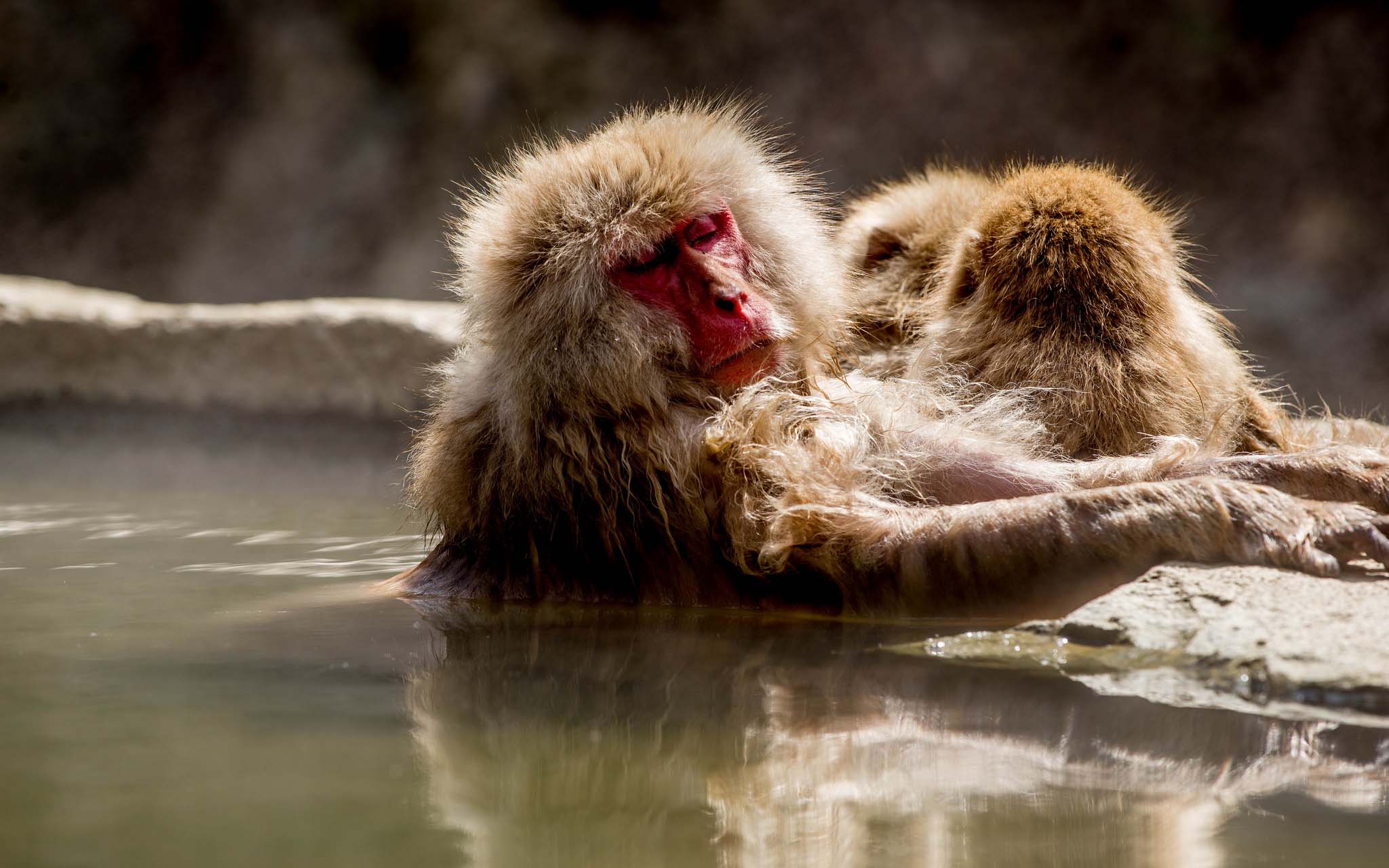
You know those ridiculously cute images of crimson-faced fluff monkeys kicking back in high mountain hot springs? They’re nicknamed Snow Monkeys, but those guys get summer, too.
When they’re done being the spa kings of the animal kingdom, Japanese Macaque monkeys swing around the forests that cover the area. You’d be unlucky to miss a glimpse of the cheeky primates during the summer season.
[media_embed]https://youtu.be/c3-LNaudEjM[/media_embed]#3 Where Function And Folklore Meet
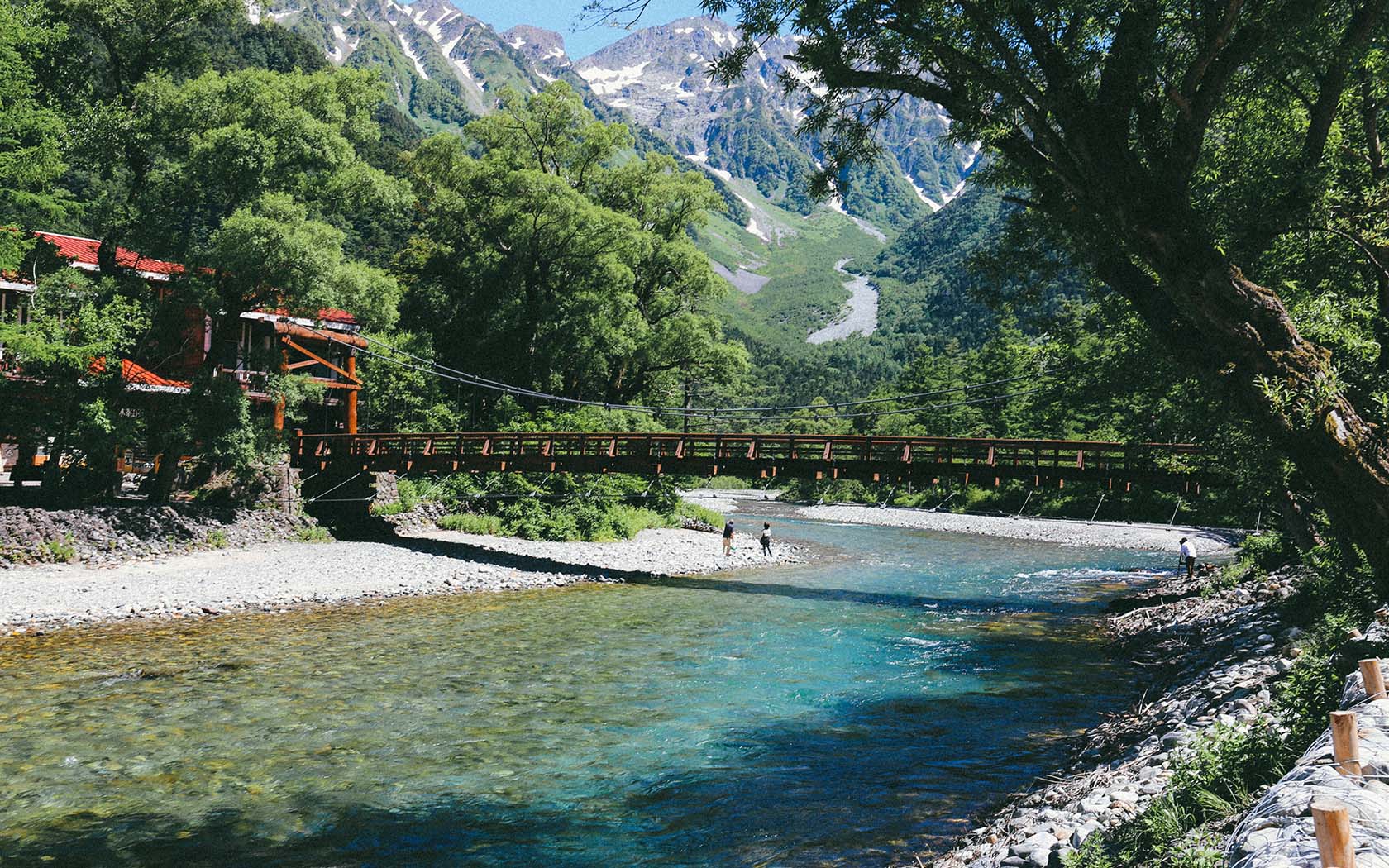
Kappa is a monster water sprite from Japanese folklore and bashi means bridge. The so-called Kappabashi wooden suspension bridge over the Azusa river is of spiritual importance to the Japanese people and is therefore busy with the day-trip crowd. In the early morning or late afternoon, however, you won’t have to lean over selfie-takers for your own little piece of polaroid envy.
The bridge offers killer views of the surrounding mountains, including the striking Mount Yakedake, an active volcano whose name literally translates to “burning mountain”.
[related_articles]59267,59925,57055[/related_articles]#4 A Room With A View
Staying in a ryokan (a traditional Japanese inn), complete with sliding doors, tatami mat floors, a low table for cross-legged dining and an on-site onsen (bath-house) is a quintessential Japanese experience. The Northern Japanese Alps have some great ryokans, so it’s worth indulging after a few days of hiking.
If you’re lucky, you can snag a mountain-view room, like at Hotel Shirabaso (starting from $257 per night) right next to Kappabashi.
Camping is a much more affordable way to wake up to glorious nature. There are a few campgrounds in Kamikochi, including the Konashidaira Camping Retreat for around $9 per person, per night, with an option to book a pre-erected tent for an additional $56. It also has a bath house with a $7 entry fee.
#5 Winding All The Way Down
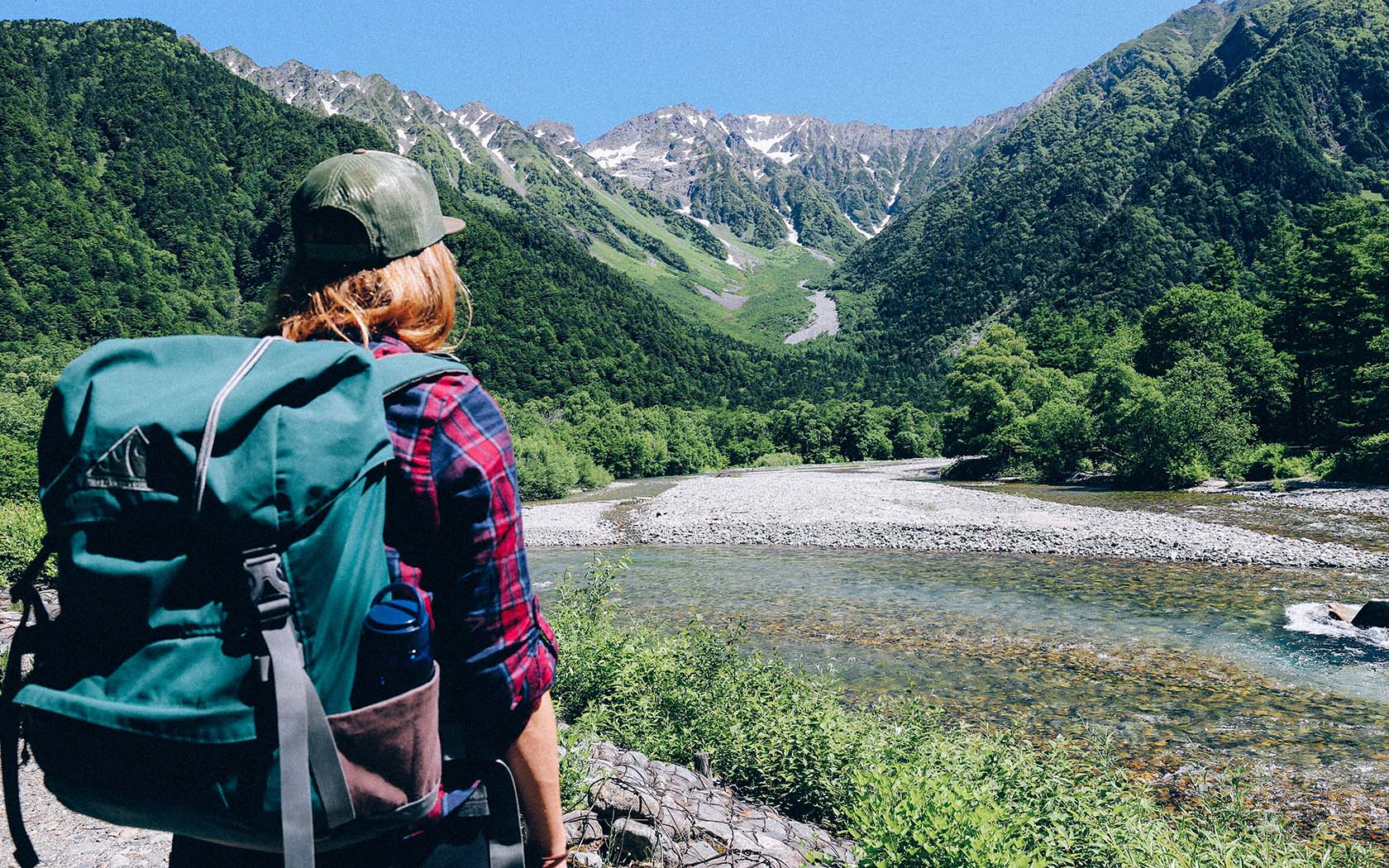
Whether your trek lasts a few hours or a few days, follow the lead of the locals (and local monkeys), and kick back in a hot spring or public bath house to ease your aching muscles. If you’re having trouble relaxing, it could be because you’re required to get naked in the company of strangers as cozzies aren’t allowed. But you came here for the nature, didn’t you?
[qantas_widget code=NRT]Check out Qantas flights to Tokyo.[/qantas_widget]
(Images courtesy of Katie Mayor)


